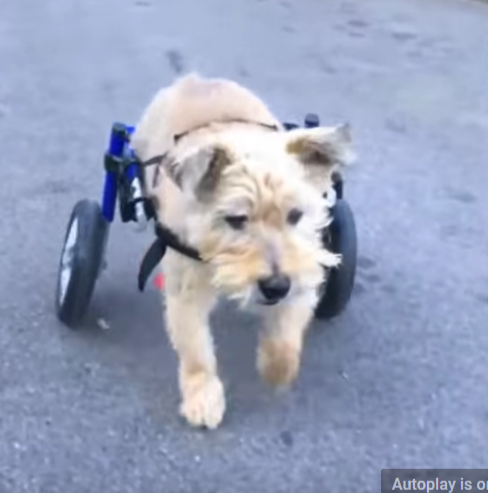
When it comes to dog hind leg problems, the cause and solutions can vary significantly. Depending on the severity of the injury and the age of the animal, the best course of treatment may be different for each case. Some of the most common causes of dog hind leg problems include joint and muscle injuries, arthritis, and neurological disorders.
Joint and muscle injuries are the most common cause of hind leg problems in dogs. If a dog has experienced trauma to its hind legs, such as a fall, a jump, or a collision, it can cause inflammation, pain, and stiffness in the joints and muscles. This can lead to difficulty walking and even complete loss of use of the legs. Treatment for joint and muscle injuries typically involves rest and anti-inflammatory medication. Depending on the severity of the injury, physical therapy may be prescribed to help the dog regain strength and mobility.
Arthritis is another common cause of hind leg problems in dogs. Arthritis is a degenerative joint condition that can cause pain, stiffness, and swelling in the joints, leading to difficulty walking and impaired mobility. Treatment for arthritis includes rest, anti-inflammatory medication, and in some cases, glucosamine supplements to help with the pain and inflammation.
Neurological disorders are also a potential cause of hind leg problems in dogs. Disorders such as degenerative myelopathy and intervertebral disc disease can cause pain and muscle weakness. Treatment for neurological disorders typically includes physical therapy and medication to reduce inflammation and help with pain management.
No matter the cause of hind leg problems in dogs, it is important to seek veterinary advice and treatment as soon as possible. Early diagnosis and treatment can help reduce pain and discomfort and improve the animal’s quality of life.
Click Here to Get Your Free Mobility Guide Now!

No comments:
Post a Comment